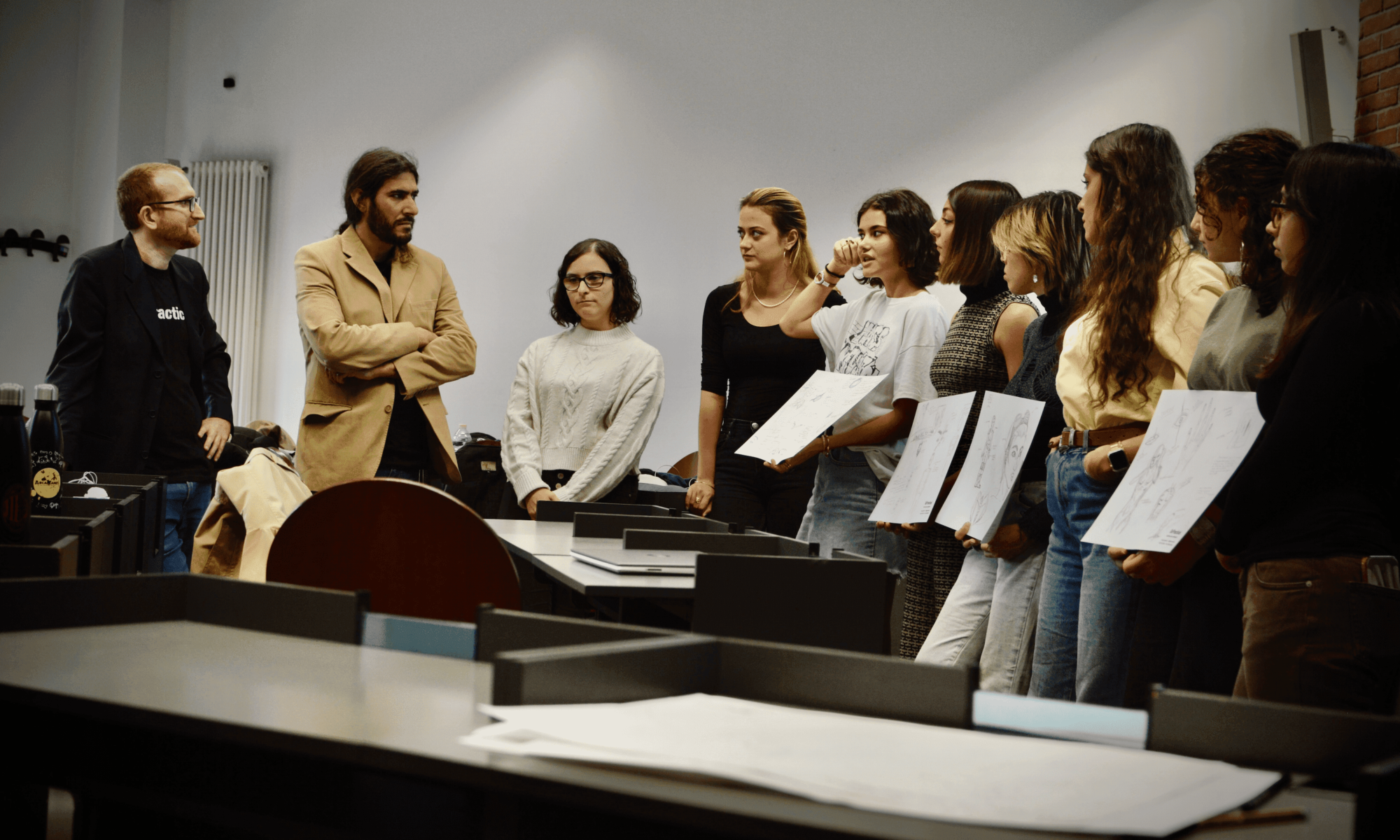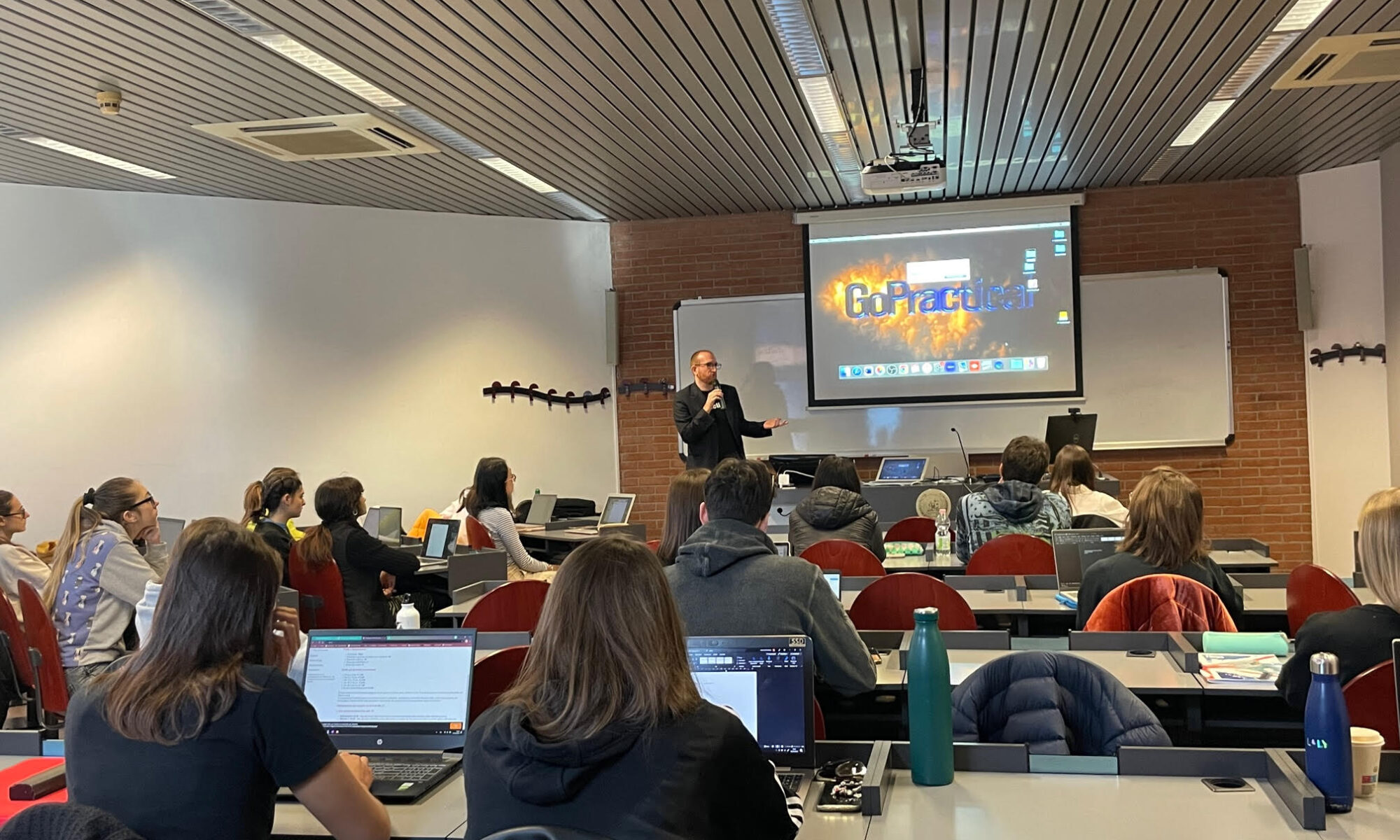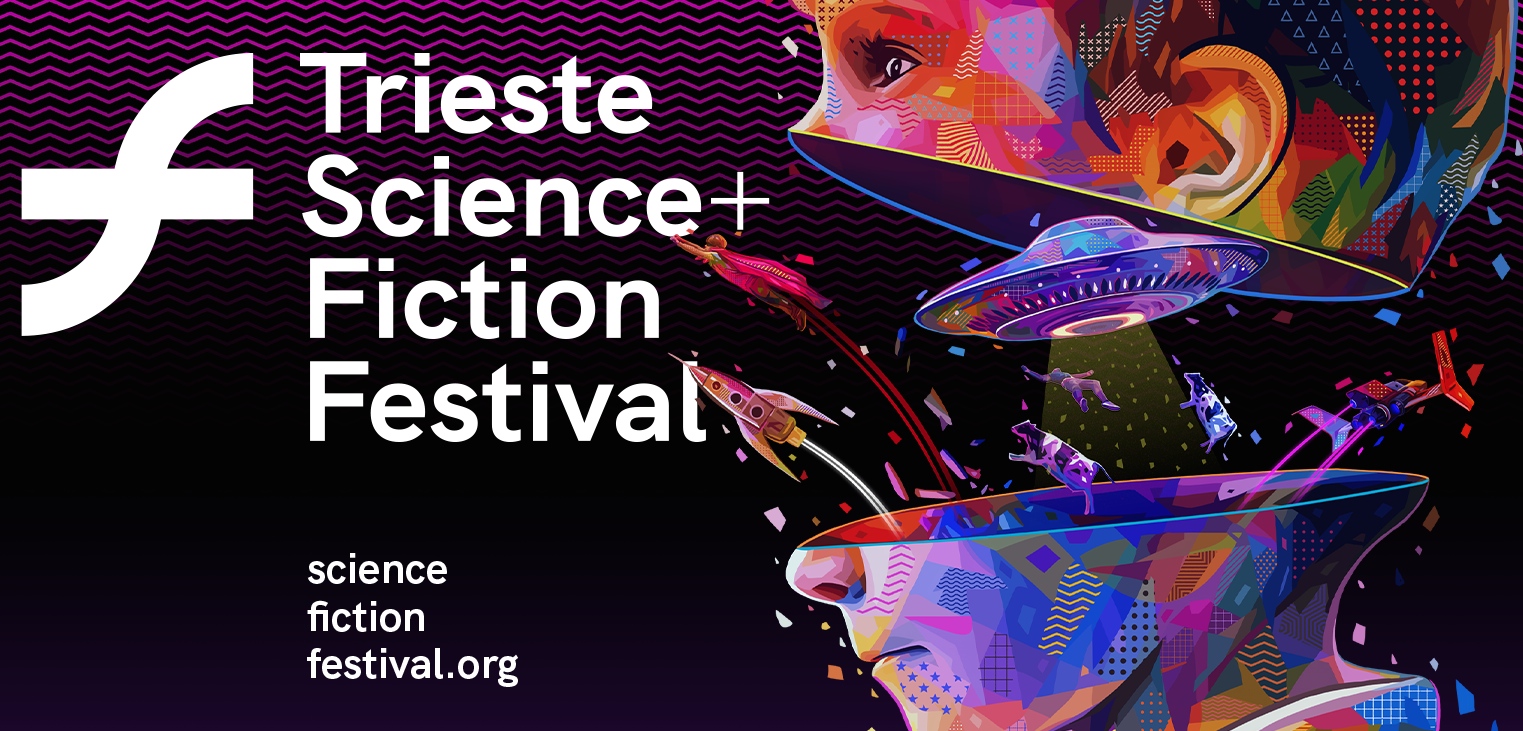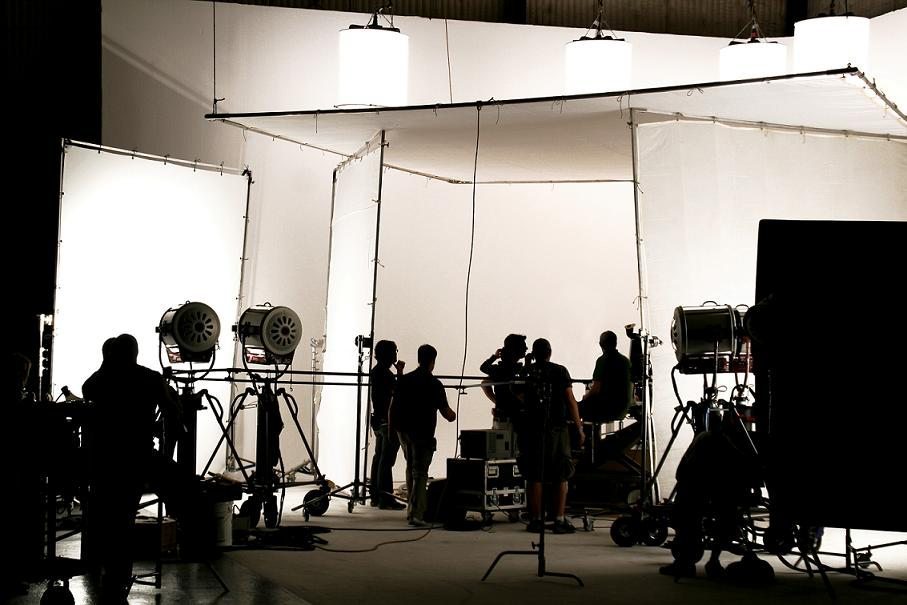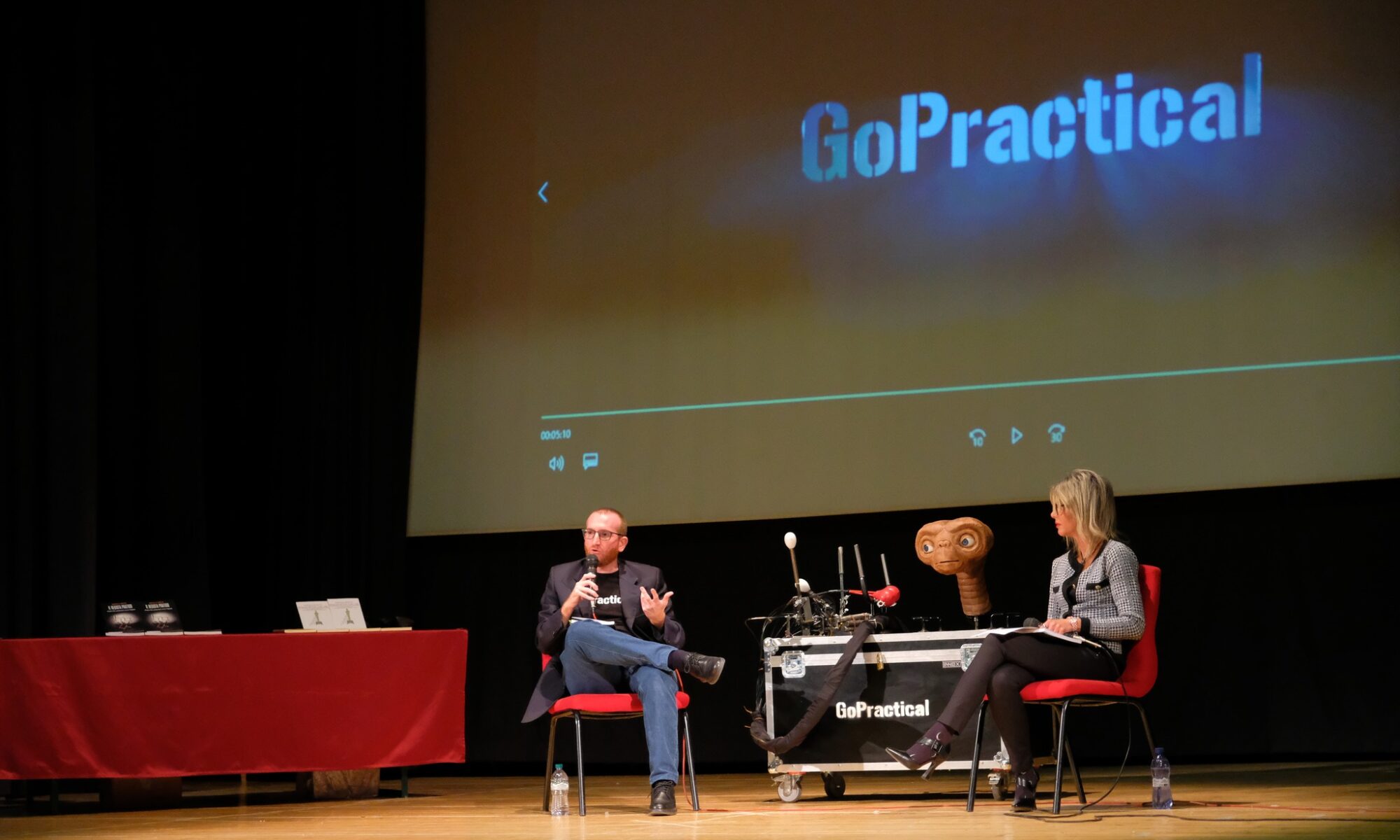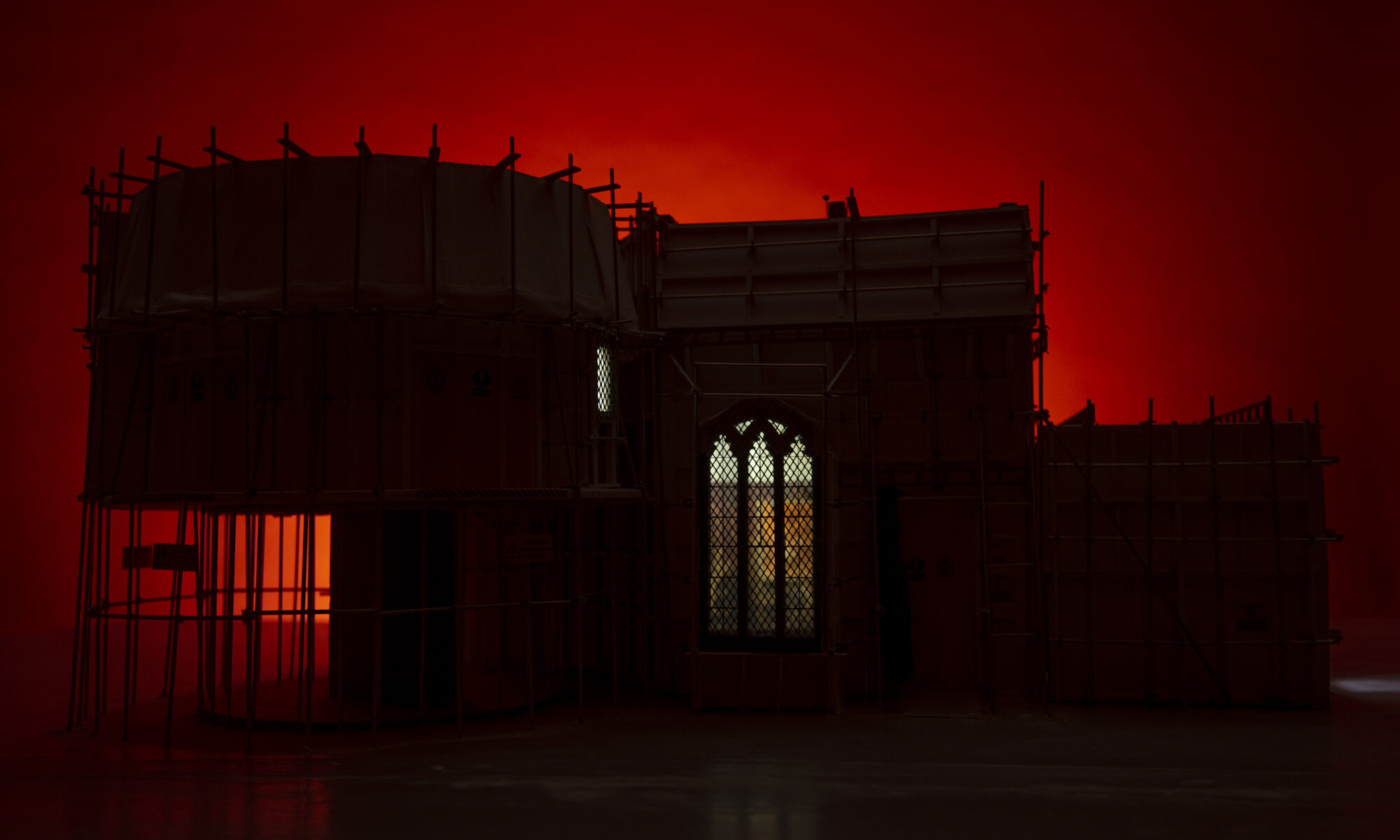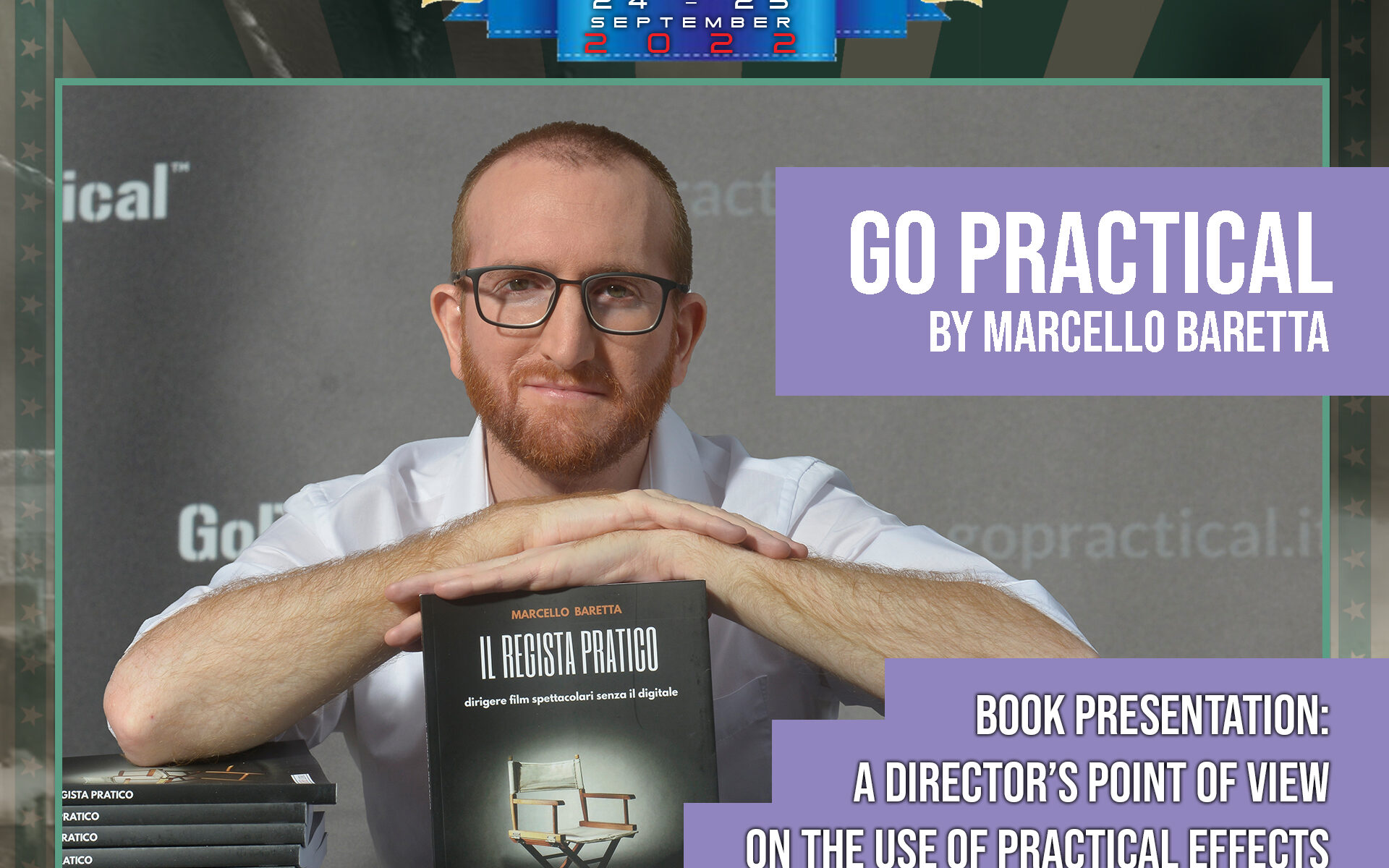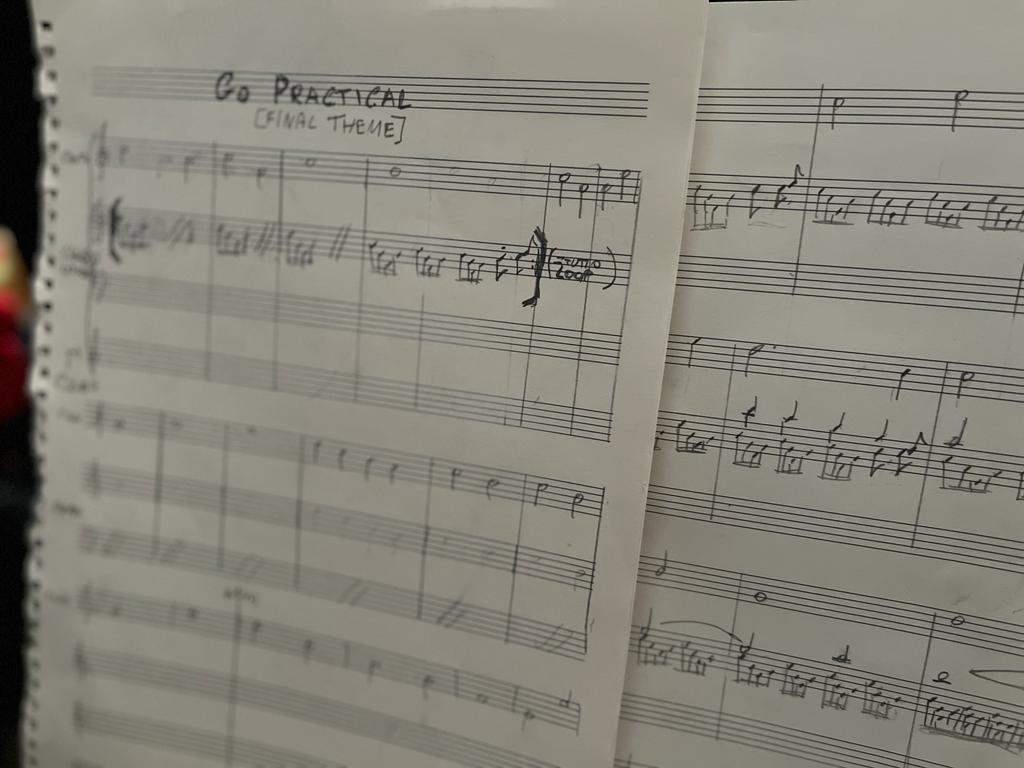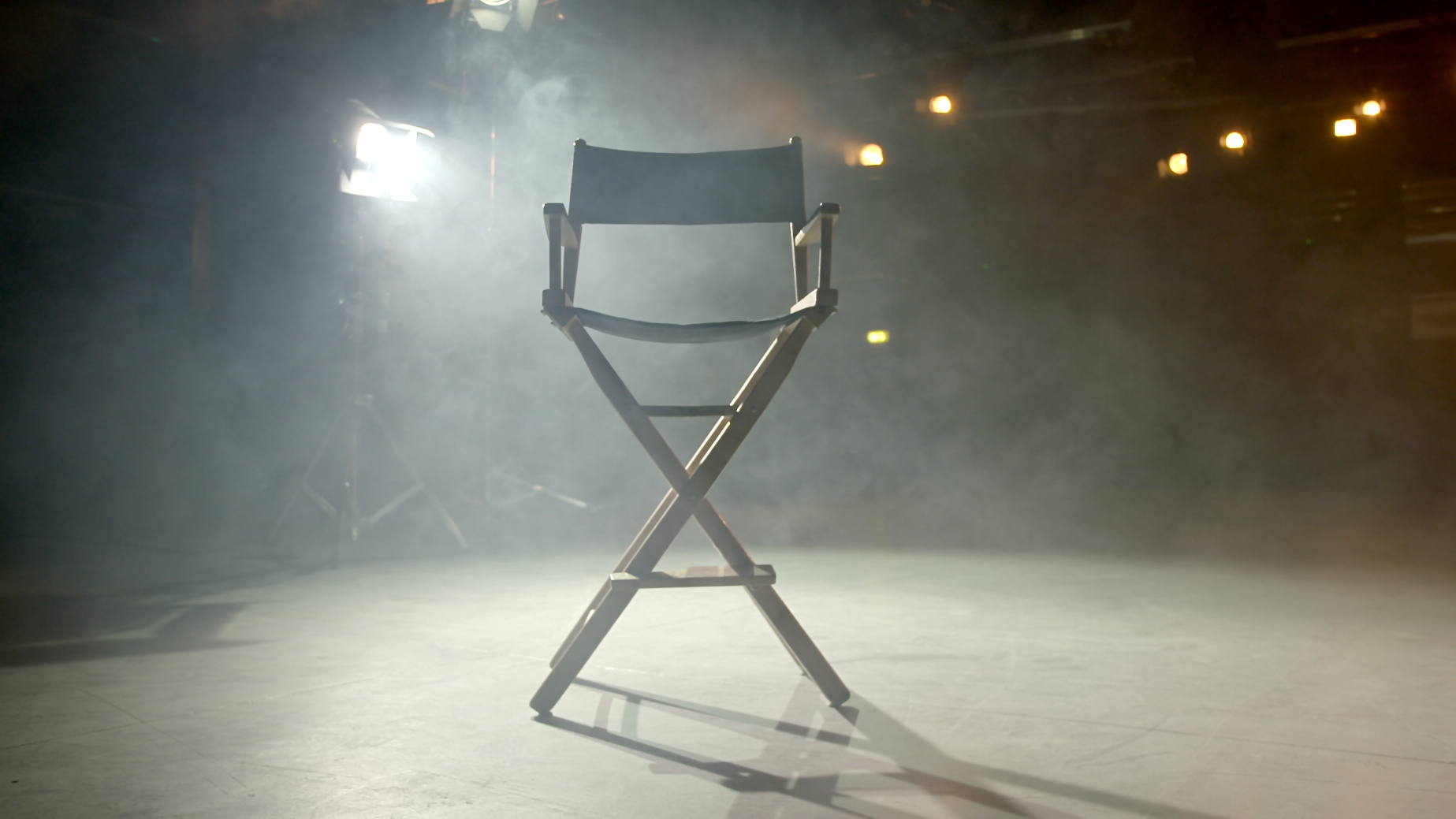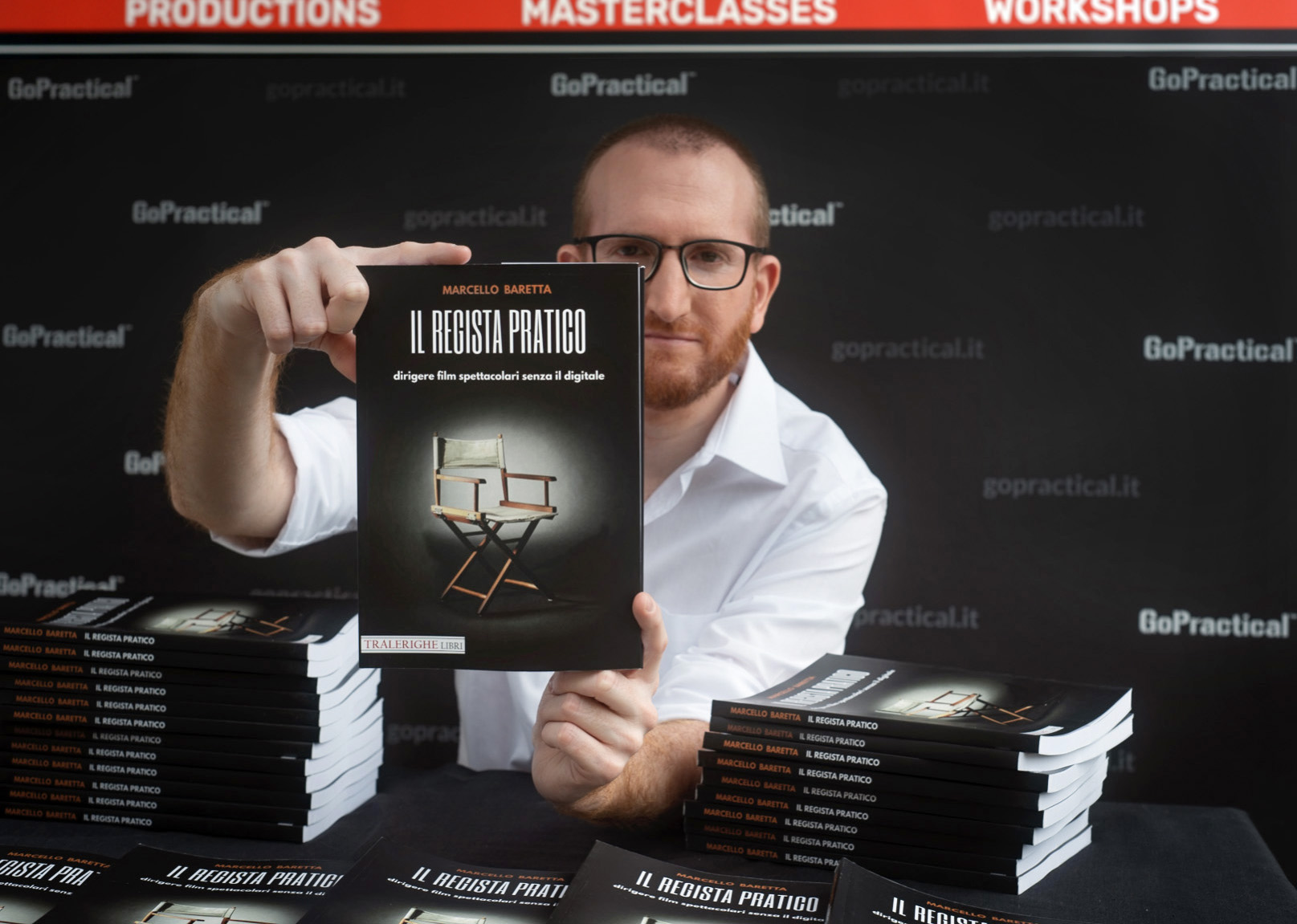Directing motion pictures means first of all knowing how to orchestrate them according to a fundamental prerogative: rhythm.
The video produced by GoPractical and dedicated to animatronics deals with distinct visual languages and consequently adopts different musical registers: on the one hand there are the suggestive atmospheres that tell the emotions of the social experiment, on the other there is a more documentary style that tells about the animatronic technique and practical approach.
Director Marcello Baretta has involved composer and conductor Alessio Maria since pre-production, developing a visual structure based on pre-established rhythms.
One of the director’s requests was to introduce the experiment with a reinterpretation of the E.T. theme “Far from home” in an evocative, suspended key, characterizing the sound with a reverberation, as if each note were a drop of water which, falling, echoes in a cave. The voice-over lines were written to fit between one note and another, without overlapping. The arrangement had to be a sound metaphor of the physical and psychological darkness in which the protagonists found themselves, who remain motionless in an indefinite dark space, blindfolded, unaware of what is about to happen. Only the spectator is allowed to briefly peek at the evidence that awaits them. The subsequent crescendo is the musical equivalent of the suspense offered by E.T.’s head which rises and comes into focus, revealing itself.
The composer made the opening sequence even more suggestive by excluding the last note of the theme and replacing it with the beat of the clapperboard, reproduced with claves to which he applied the same reverberation of the notes to place them in the same soundscape.
Another request from the director was to close the video with a tribute to the well-known “Flying” theme starting from its most celebratory version (“Escape / Chase / SayingGoodbye“) but limiting it to the last seven notes: enough to be recognizable, but not too many to make it obvious.
Apart from the two short quotes, the director wanted all the music to be an original composition, leaving the composer free to express his creativity.
The central sequence of the video, the documentary one, was first shot, edited and set to music: the goal, largely centered by the composer, was to find rhythms and sound languages that adhere like a second skin to concepts, rather than scenes or editing cuts: director and composer analyzed intentions, sub-texts, emotions, trying to understand how music could become a complementary element capable of adding further meanings.
The biggest challenge was keeping up with the emotional crescendo: we start with an opening that anticipates the theme of the experiment to the audience by creating suspense, we move on to the technical explanation of the objectives and techniques used and we arrive at the emotional climax which reveals the reactions of the protagonists.
Alessio Maria’s composition technique is still traditional: paper, ink, improvisation on the piano and then again paper and ink. When the themes are defined, the finalization can be digital or analog. Alessio is a meticulous, patient composer: his approach reflects that of the practical director as he explores classic symphonic solutions that can dialogue with modernity, tracing a path halfway between tradition and innovation that leads to cinematic sounds of great emotional impact.
During post-production, the composer improvised an arrangement that took inspiration from the theme “I am keeping him” but then diverged, sought his own path and became something new and delicate, finding his strength in the simplicity of the piano sound. This touching passage is unfortunately not present in the final editing but the director and composer hope to be able to release it by including it in a forthcoming album that will collect the musical experimentation that has characterized the entire production.
